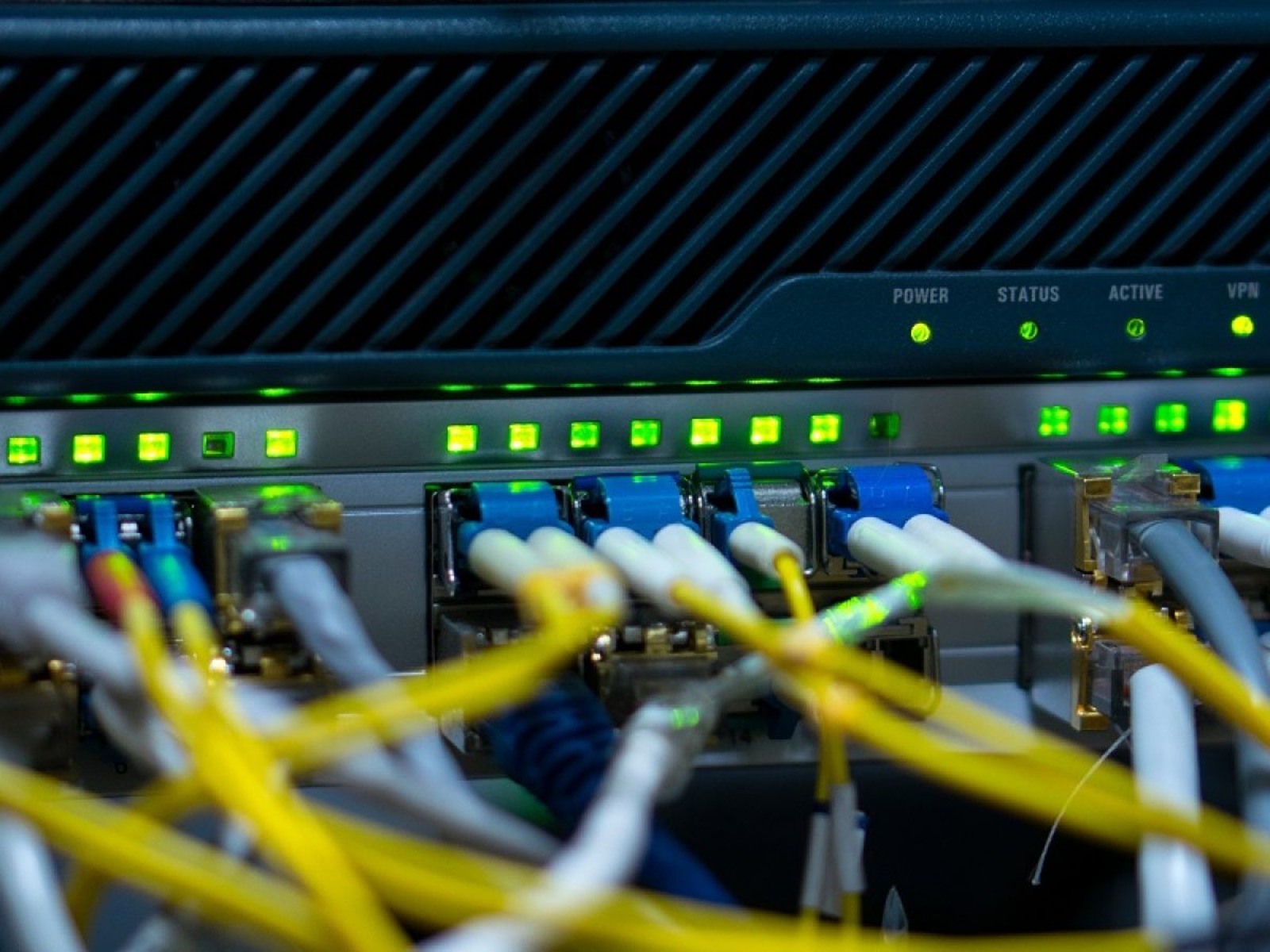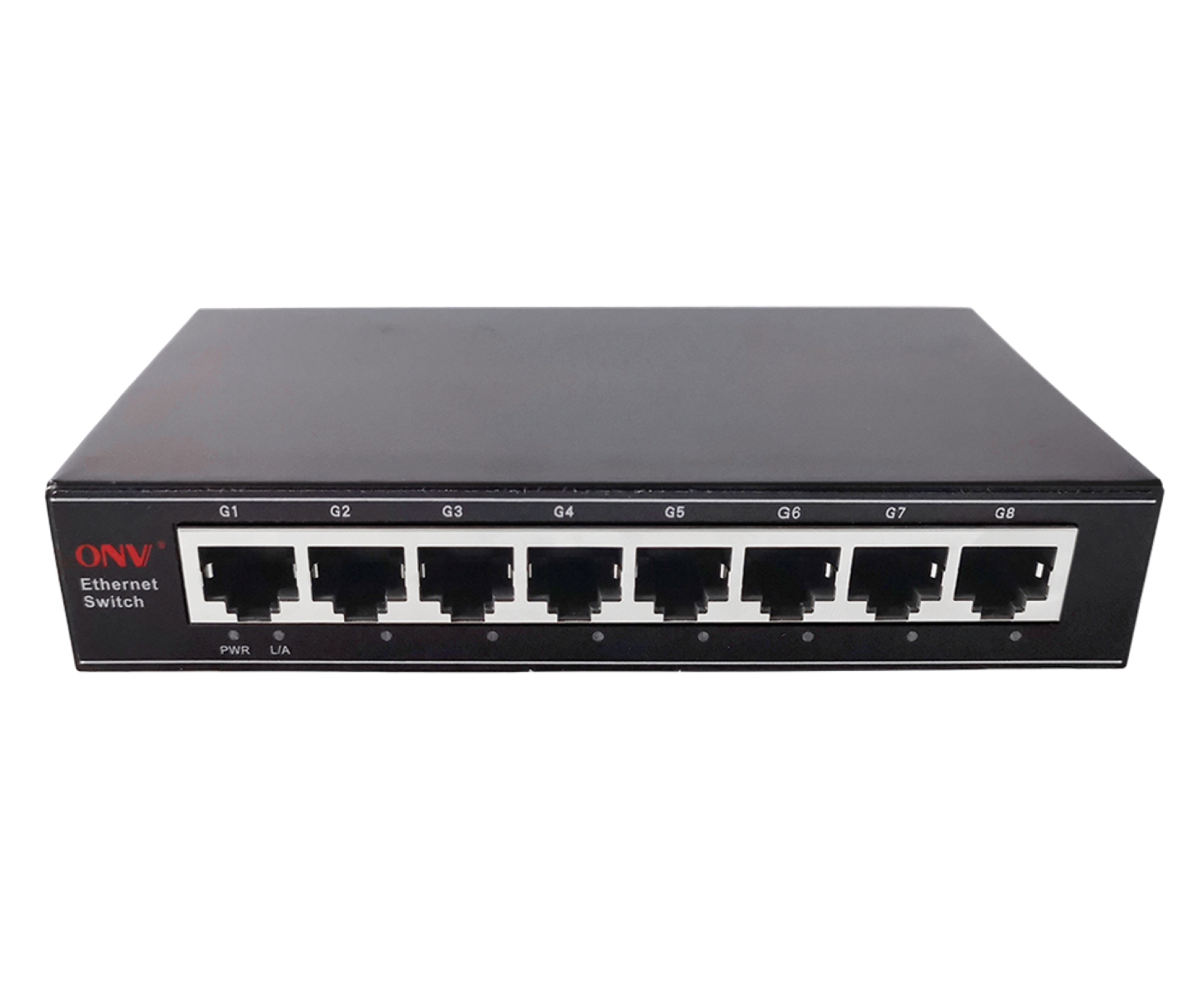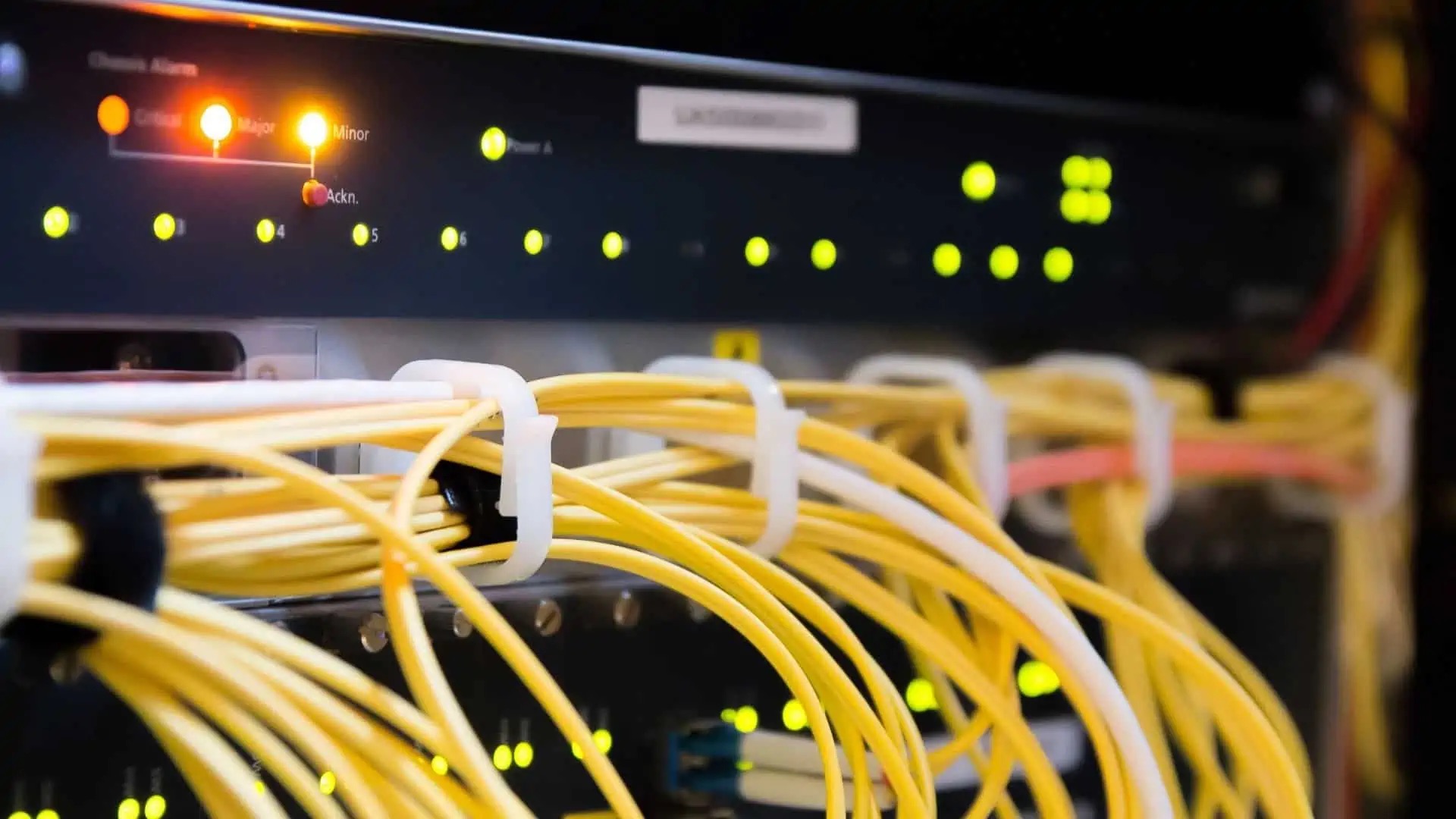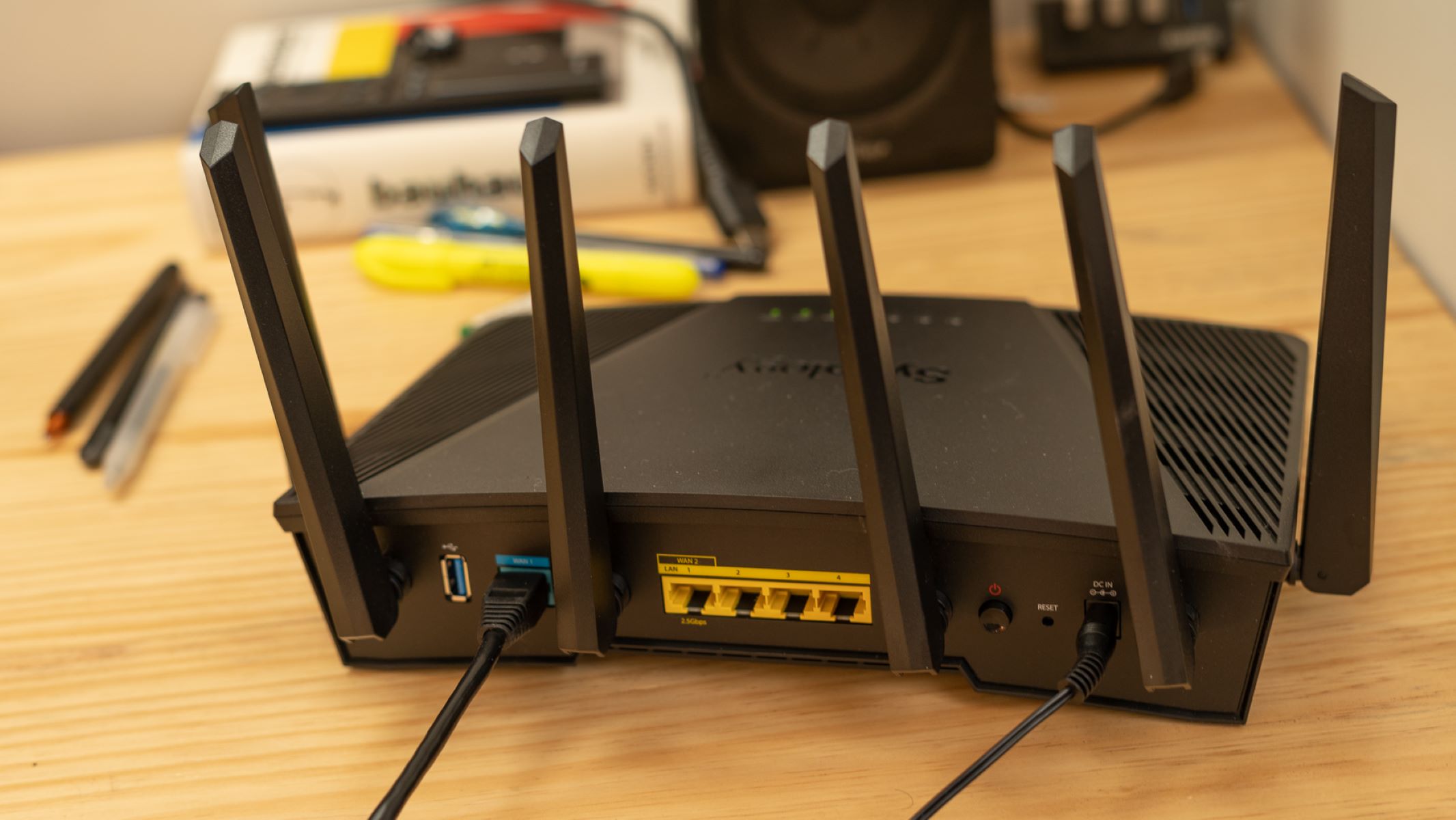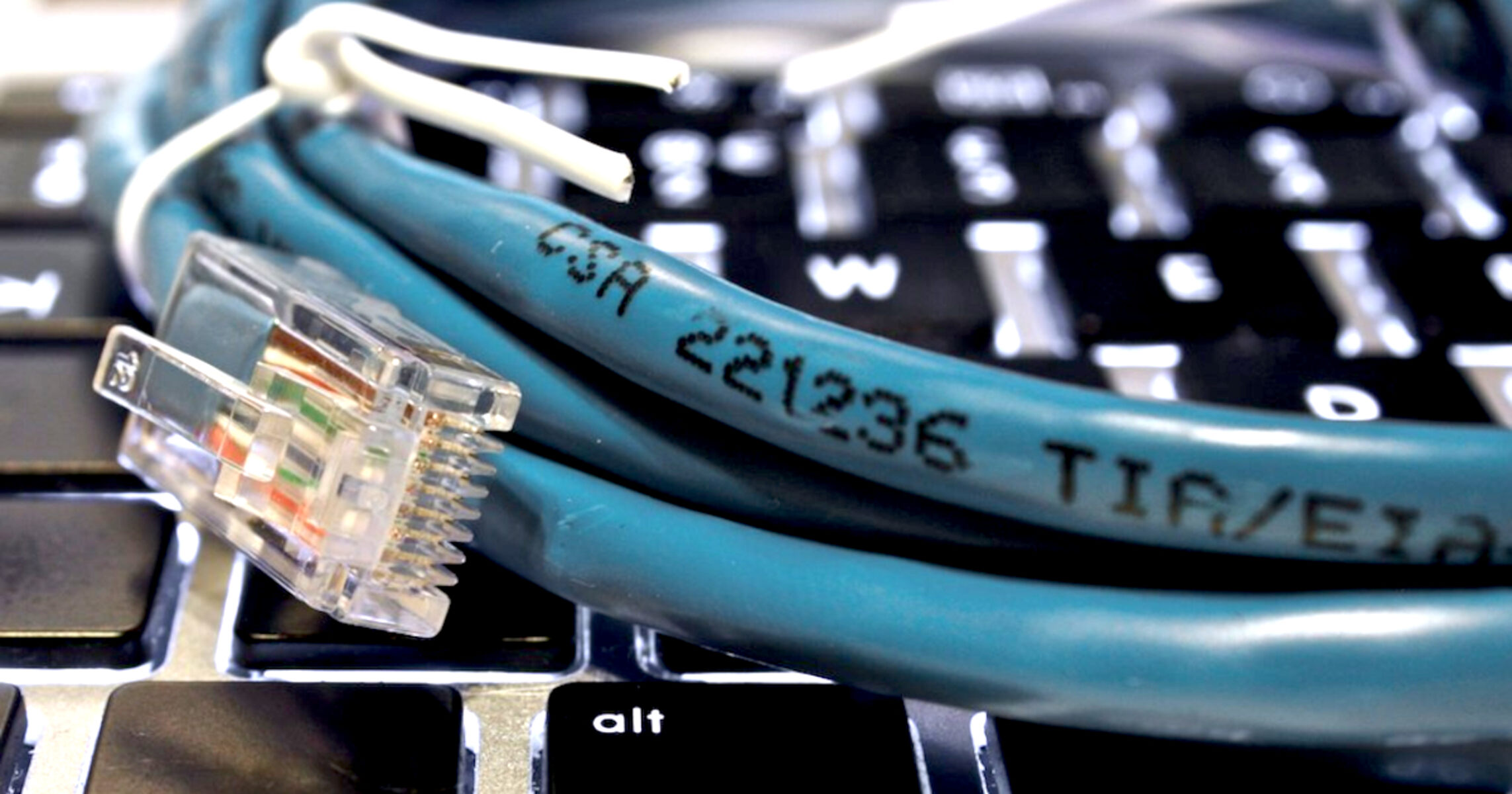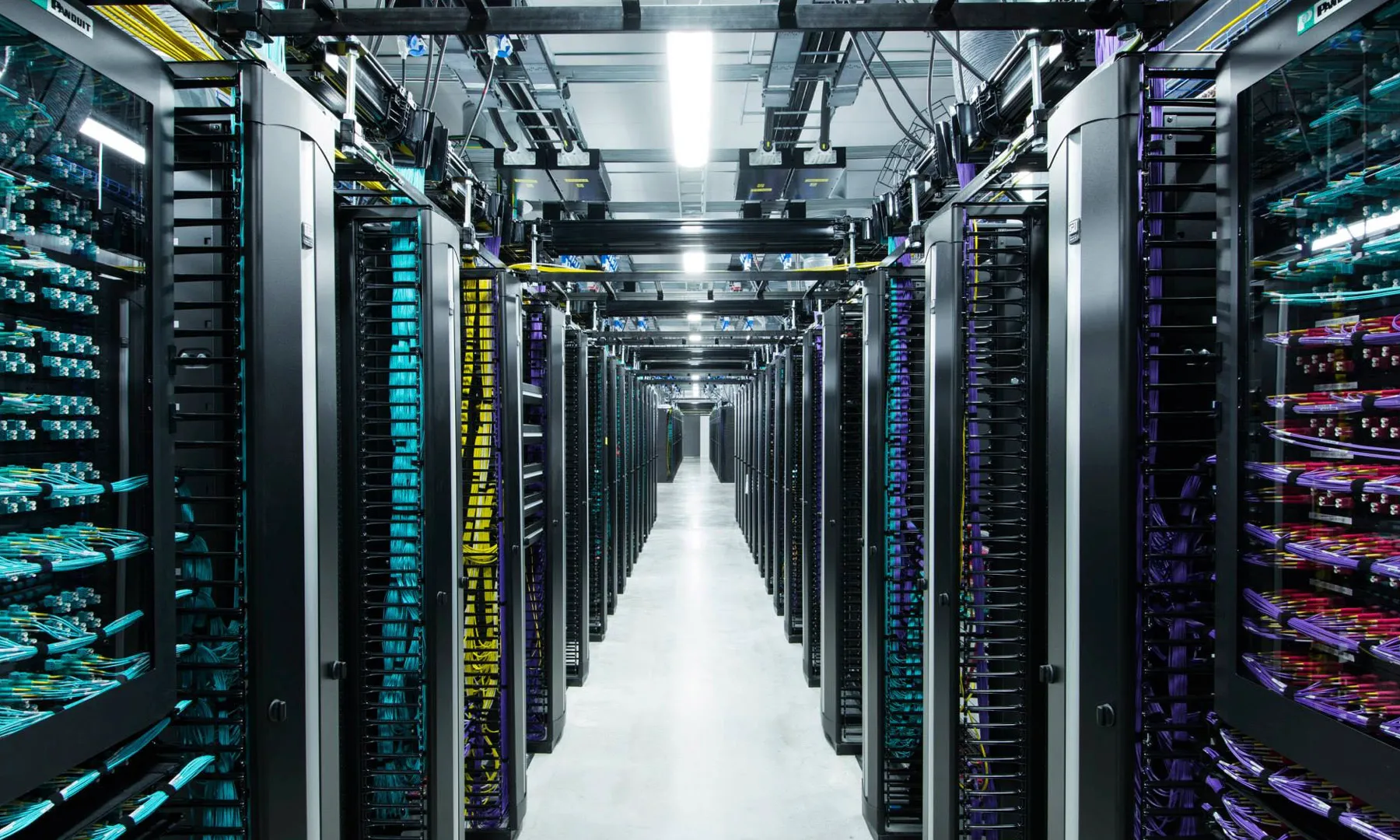Introduction
Understanding the Implications of Network Switch Failures
Network switch failures can pose significant threats to the seamless operation of an organization's IT infrastructure. As businesses increasingly rely on digital connectivity to conduct their operations, the reliability and efficiency of network switches become paramount. When a network switch experiences a malfunction or failure, it can disrupt the flow of data, communication, and operational processes, potentially leading to substantial financial and reputational repercussions.
In this comprehensive guide, we will delve into the various aspects of network switch failures, including their causes, impacts, and strategies for mitigation. By gaining a deeper understanding of the potential risks associated with network switch failures, businesses and IT professionals can proactively implement measures to safeguard their networks and minimize the adverse effects of such incidents.
Throughout this exploration, we will examine the critical role of network switches in facilitating seamless communication and data transfer within an organization's infrastructure. Moreover, we will shed light on the common causes of network switch failures, ranging from hardware malfunctions to configuration errors, and their implications for business continuity. Additionally, we will explore the far-reaching impacts of network switch failures, encompassing operational disruptions, productivity losses, and compromised data integrity.
Furthermore, we will outline effective strategies for mitigating the risks posed by network switch failures, encompassing proactive maintenance, redundancy planning, and the adoption of resilient network architectures. By adopting a proactive approach to network switch management, organizations can fortify their IT infrastructure against potential vulnerabilities and ensure uninterrupted connectivity and data flow.
Stay tuned as we unravel the multifaceted nature of network switch failures and equip you with the knowledge and insights necessary to fortify your organization's network resilience.
What is a Network Switch?
A network switch serves as a fundamental component of modern IT infrastructure, playing a pivotal role in facilitating the seamless transmission of data within a network. Unlike traditional hubs that indiscriminately broadcast data to all connected devices, a network switch intelligently directs data packets to their intended destinations, optimizing network performance and efficiency.
At its core, a network switch operates at the data link layer of the OSI (Open Systems Interconnection) model, enabling the interconnection of devices within a local area network (LAN) and effectively managing the flow of data traffic. By leveraging MAC (Media Access Control) addresses, network switches establish direct communication paths between devices, thereby minimizing data collisions and enhancing network throughput.
Network switches are characterized by their ability to create multiple communication channels, or ports, allowing devices to communicate concurrently without contention. This feature is particularly advantageous in environments where high data volumes and diverse communication requirements are prevalent, such as enterprise networks, data centers, and telecommunications infrastructures.
Furthermore, network switches are available in various configurations, including unmanaged, managed, and layer 3 switches, each tailored to specific networking needs. Unmanaged switches are plug-and-play devices that operate without user intervention, making them suitable for small-scale deployments. In contrast, managed switches offer advanced configuration options, enabling administrators to exert granular control over network settings, prioritize traffic, and implement security measures.
Layer 3 switches, also known as multilayer switches, integrate routing functionalities into the switching process, allowing them to make forwarding decisions based on IP addresses. This capability enables layer 3 switches to efficiently route data between different subnets, enhancing network scalability and performance.
In essence, network switches form the backbone of modern networking infrastructures, empowering organizations to establish robust, high-speed, and secure communication frameworks essential for their day-to-day operations. Their role in optimizing data transmission, minimizing network congestion, and fostering seamless connectivity underscores their significance in the digital landscape.
Common Causes of Network Switch Failure
Network switch failures can stem from various underlying factors, encompassing hardware malfunctions, software issues, environmental factors, and human errors. Understanding these common causes is imperative for preemptive troubleshooting and proactive maintenance, thereby mitigating the risk of disruptive network outages.
- Hardware Malfunctions: The hardware components of network switches, including power supplies, fans, and integrated circuits, are susceptible to wear and tear over time. Hardware failures, such as power supply deficiencies, overheating, or component degradation, can lead to operational disruptions and necessitate timely replacements or repairs.
- Software Anomalies: Software bugs, glitches, or incompatibilities within the operating system or firmware of network switches can compromise their functionality. These anomalies may manifest as intermittent connectivity issues, packet loss, or erratic behavior, necessitating software updates, patches, or reconfigurations to rectify the underlying issues.
- Environmental Factors: Adverse environmental conditions, such as temperature fluctuations, humidity, dust accumulation, and electrical surges, can adversely impact the operational stability of network switches. Exposure to extreme temperatures or moisture-laden environments can degrade internal components and compromise the overall reliability of the hardware.
- Human Errors: Misconfigurations, improper handling during maintenance, and unauthorized access to network switch settings can introduce vulnerabilities and instigate operational instabilities. Human errors, whether inadvertent or malicious, can precipitate network disruptions and compromise the integrity of data transmissions.
- Physical Damage: Accidental physical damage, such as impact or mishandling, can impair the structural integrity of network switches, leading to functional impairments and connectivity issues. Safeguarding network switch enclosures and implementing robust physical security measures are essential for preventing such incidents.
By recognizing these common causes of network switch failures, organizations can proactively implement measures to mitigate their impact and fortify the resilience of their network infrastructure. From conducting routine hardware inspections and environmental monitoring to enforcing stringent access controls and adhering to best practices in configuration management, addressing these potential vulnerabilities is essential for maintaining uninterrupted network operations.
Impact of Network Switch Failure
Network switch failures can precipitate a cascade of detrimental effects that reverberate across an organization’s operational landscape, encompassing disruptions to communication channels, compromised data integrity, and financial repercussions. The ramifications of network switch failures underscore the criticality of maintaining robust network resilience and implementing proactive measures to mitigate potential disruptions.
Operational Disruptions: When a network switch experiences a failure, the seamless flow of data and communication within an organization can grind to a halt. Departments reliant on network connectivity for their day-to-day operations, such as sales, customer support, and logistics, may encounter impediments that hinder their productivity and responsiveness. This can lead to delays in critical processes, customer dissatisfaction, and diminished operational efficiency.
Productivity Losses: The inability to access network resources and collaborate effectively due to a switch failure can impede employee productivity and workflow continuity. Tasks dependent on real-time data exchange, access to shared documents, and communication platforms can be severely hampered, resulting in reduced output and operational bottlenecks.
Compromised Data Integrity: Network switch failures can introduce data transmission errors, packet loss, or network congestion, jeopardizing the integrity and confidentiality of sensitive information. This can engender data corruption, security vulnerabilities, and compliance breaches, posing substantial risks to an organization’s reputation and regulatory adherence.
Financial Repercussions: The financial impact of network switch failures encompasses not only the costs associated with remediation and replacement but also potential revenue losses stemming from operational downtime, impaired customer service, and missed business opportunities. Moreover, the reputational damage incurred from service disruptions can erode customer trust and loyalty, further exacerbating the financial toll of switch failures.
By comprehending the multifaceted impact of network switch failures, organizations can underscore the imperative of preemptive measures to fortify their network infrastructure. Proactive maintenance, redundancy planning, and rapid incident response protocols are pivotal in mitigating the disruptive effects of switch failures and safeguarding the continuity of business operations.
Mitigating Network Switch Failure
Proactive measures to mitigate the risk of network switch failures are instrumental in fortifying the resilience of an organization’s IT infrastructure and ensuring uninterrupted connectivity. By implementing robust strategies for preventive maintenance, redundancy planning, and rapid incident response, businesses can minimize the disruptive impact of switch failures and uphold the continuity of their critical operations.
- Regular Maintenance and Inspections: Conducting routine hardware inspections, firmware updates, and environmental monitoring is essential for preempting potential hardware malfunctions and identifying early indicators of switch degradation. By adhering to manufacturer-recommended maintenance schedules and promptly addressing hardware anomalies, organizations can prolong the operational lifespan of their network switches.
- Redundancy Planning: Implementing redundancy in network switch configurations, power supplies, and data paths can mitigate the impact of single points of failure. Employing redundant switches, power sources, and network links enables seamless failover capabilities, ensuring continuous data transmission and mitigating the risk of operational disruptions in the event of a switch failure.
- Resilient Network Architectures: Designing network architectures with built-in resilience, such as employing mesh topologies, link aggregation, and virtual LANs (VLANs), enhances fault tolerance and minimizes the propagation of switch failures. By distributing network traffic across redundant paths and isolating segments of the network, organizations can mitigate the impact of switch malfunctions on the overall network performance.
- Proactive Monitoring and Alerting: Leveraging network monitoring tools equipped with proactive alerting mechanisms enables IT teams to swiftly identify anomalies, performance degradation, and impending switch failures. Real-time monitoring of network traffic, device temperatures, and error rates empowers administrators to proactively address emerging issues before they escalate into disruptive outages.
- Rapid Incident Response: Establishing well-defined incident response protocols, including documented escalation procedures, backup configurations, and disaster recovery plans, is pivotal for minimizing the duration and impact of network switch failures. By promptly isolating affected switches, implementing failover mechanisms, and orchestrating swift remediation actions, organizations can expedite the restoration of network functionality.
By embracing a holistic approach to mitigating network switch failures, organizations can bolster the robustness of their IT infrastructure and fortify their resilience against potential disruptions. Proactive measures, coupled with strategic planning and rapid response capabilities, are indispensable in safeguarding the continuity of business operations and preserving the integrity of critical data transmissions.
Conclusion
Network switch failures constitute a formidable threat to the operational continuity and data integrity of modern organizations. The multifaceted implications of switch failures, encompassing operational disruptions, productivity losses, and financial repercussions, underscore the criticality of preemptive measures and proactive strategies for mitigating their impact.
By gaining a comprehensive understanding of the common causes of network switch failures, including hardware malfunctions, software anomalies, environmental factors, and human errors, organizations can proactively address potential vulnerabilities and fortify the resilience of their network infrastructure. Implementing robust measures for preventive maintenance, redundancy planning, and rapid incident response is pivotal in mitigating the disruptive effects of switch failures and safeguarding the continuity of business operations.
Moreover, the strategic adoption of resilient network architectures, proactive monitoring and alerting mechanisms, and well-defined incident response protocols empowers organizations to minimize the duration and impact of network switch failures, thereby preserving the integrity of critical data transmissions and upholding seamless connectivity.
As businesses continue to navigate the digital landscape and rely on interconnected technologies for their day-to-day operations, the imperative of fortifying network resilience against potential switch failures becomes increasingly pronounced. By embracing a holistic approach to mitigating network switch failures and prioritizing proactive maintenance and rapid incident response capabilities, organizations can fortify their IT infrastructure, minimize operational disruptions, and uphold the reliability of their network connectivity.
Stay vigilant, stay proactive, and fortify your network resilience to navigate the evolving technological landscape with confidence and continuity.







